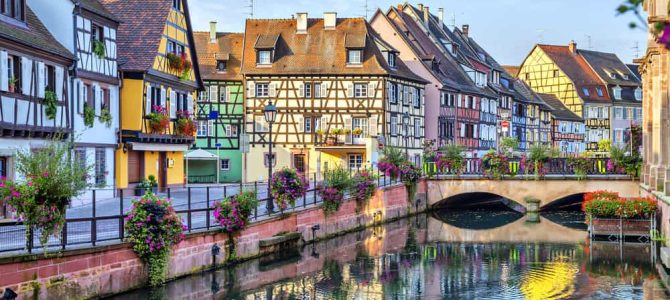
The stork is a famous emblem of dépannage alsace. It is native to the region and is said to bring fertility and good luck. While you can see these birds in the small zoo in the Orangerie park in Strasbourg, you’re most likely to see them on tourist memorabilia. They are also popular as soft toys and key rings. Read on for more details. Visiting Alsace is a great way to learn more about the culture, cuisine, and history of this region.
The early modern state of Alsace was established under Jacobinism, a period of Parisian Jacobinism. The position of vice-secretary of state of the republic was created, with a link between the council presidency and the general commission of the Republic. However, the civil servants did not seem very aware of the region. Therefore, it was not until the mid-twentieth century that Alsace was given its own state.
The population of Alsace increased from 800,000 in 1814 to 914,000 in 1830 to 1,067,000 in 1846. This rapid growth was attributed to a variety of factors, including economic factors and the lack of work for young people. Moreover, the French and Austrian Empires were the main employers in the region, and it was under their rule that the Alsatian community began to flourish.
A history of Alsace will give you a better understanding of its history and culture. Its culture and identity has undergone a series of changes over the centuries. In 1918, Alsace was returned to France under French rule, and France forced its residents to adhere to French language and its government’s national language. As a result, the French government suppressed the autonomy gained in the region during the German Empire.
As a part of France, Alsace is a region with a long history of German influence. In 1871, it was annexed by the German Empire, and remained under its control until 1918. Then, it was reannexed by France under the Treaty of Versailles. During the Second World War, the Germans occupied the region, and the people were made citizens of Germany.
As a wine-loving region, Alsace is home to several wine-growing regions. The French and German populations share similar cultures, but the Germans have their own language. In fact, the dialect of the region is the same as that of France. The dialect is very different in the two countries. The French language has many regional dialects, and the locals of both speak the same language. The local population in Alsace is about 400,000.
While the area’s population is growing steadily, the population is still relatively small. The region’s economy is highly dependent on its neighbors and has a high dependency on Germany, which supplies a great deal of its food and manufactured goods. Furthermore, Alsace is a bilingual region. Its inhabitants speak both French and German, and have a strong understanding of both languages. They are also a valuable resource for tourists.
The history of Alsace has a long history and rich culture. In the 14th century, it became a thriving region. The population grew quickly from 800,000 in 1814 to 914,000 in 1830 to 1,067,000 in 1846. As a result, the region was able to thrive and attract more people to its towns. Today, Alsace is a vibrant, cosmopolitan city with a strong cultural identity.
The reintegration of Alsace into France has been complex. Initially, it was a part of Germany, but after World War I, it returned to France. The Third French Republic was formed in the region, which became the center of French-German relations. During World War II, the region was occupied by Germany and returned to the French Republic. The area was also a battleground during WWII.
After the reformation, the Alsatian industrial economy was absorbed into the German economy. The Protestants in Strasbourg and other cities in the province accepted the Protestant religion. By the end of the war, however, the Catholic Habsburgs sought to rescind the Protestant rights of the region and thus, Alsace became a mosaic of Catholic and Protestant territories. But the reintroduction of the region was not the same as other regional independence movements.
